Researches have noticed that this decrease in hGH in the blood stream coincided with the onset of many symptoms of aging, including:
Fibromyalgia is one of those diagnoses that has a huge catalogue of symptoms. If the thought of where on earth do you start to turn this condition around overwhelms you, you may consider starting with the mechanics of your body first with the treatment I offer.
My colleagues and I have collectively seen many patients with Fibromyalgia with fantastic results. Although we cannot always expect super fast results, however in most cases I do anticipate you will notice a positive difference in your pain levels and make breathing easier and fuller over just the first two weeks. This is Kirsty's experience of her first visit with me... Bernard tells us how he's still climbing 6a's at 70.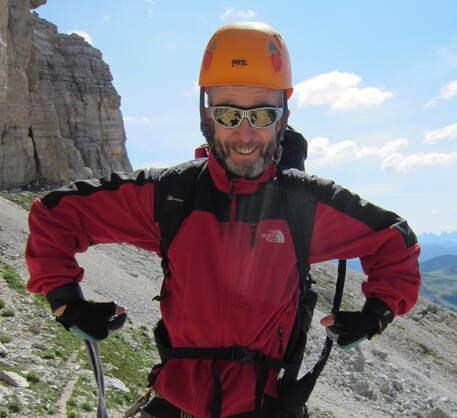 Every once in a while a truly inspiring person walks through the door. It's an honour to introduce you to Bernard. His great passion is Alpine climbing the Alps, Scotland and Wales with his brother and nephews. Cycling and rock climbing play a big part of his life, age plays not part on his mind, he fully intends to complete a forfeit from a bet he lost which consists of doing press ups in a glacial stream... Bernard got in touch with me to sort his back and neck out when his body was stopping him getting on with his active lifestyle. Restriction in his neck began to affect his climbing, he described having difficulty looking up at mountain peaks, feeling like he would loose balance.
If your shoulder and back muscles are having to work hard to keep you upright in the saddle, something is wrong.
This often leads to intense aching in the mid-back, shoulders and low back.
BDNF has received a lot of attention in the literature with regards to exercise and brain function and it's neuroprotective (protection from degeneration of brain cells- associated with cognitive decline and dementia) effects. The beneficial knock on effects of BDNF are massive for longevity and quality of life...
Extensive research has been done to classify and treat all types of headache and migraine. Current understanding and consensus is that migraine is a neurological disorder influenced by genetics and the environment. The underlying causes of which include chronic inflammation, emotional stressing, changes in brain chemical levels (neurotransmitters) and posture. Migraines in particular can build gradually over several hours, for many people they include varied physical symptoms of the nervous system; numbness and weakness in the face and body, head pain and aura (seeing colours and shapes). Nausea, vomiting, dizziness, lightheadedness, blurred vision and sensitivity to light are all brainstem symptoms. The brainstem forms the connection between the brain and spinal cord, it controls many of our vital functions and when under stress (physical and chemical) can produce the symptoms above. Functional brain imaging is one of the incredible investigative techniques been used to visualise a 'roadmap' of a migraine attack as it happens. This 'roadmap' points to the brainstem, meninges (coverings of the brain and spinal cord) and the cranial nerve that supplies sensation and movement of facial muscles; known as the trigeminal durovascular nerve pathway (trigeminal = a cranial nerve responsible for sensation and muscles in the face, duro = a layer of the meninges/coverings of the brain and spinal cord, durovascular = blood vessels of the meninges). This is really exciting to us ABC practitioners because our ground work for fixing people's bodies is releasing tension on the meninges and thus the brainstem. I've had many clients in practice report immediate headache pain relief even before I have finished their treatment. If you haven't seen it yet watch Dr Jeff Aberle's film explaining how meningeal adhesions alter body function. poor posture causes headachesIdeal posture is where your head is in perfect balance over your neck, the center of your ear is directly over the center of your shoulder. This requires minimal effort from neck muscles. Forward head posture, also known as anterior head carriage - when someone's head is stuck forwards of their shoulders - requires constant neck muscle effort (like taut guy wires of a leaning tent) to keep the head upright. No wonder tension headaches are the most common type of headache disorder (according to the World Health Organisation). Tension headaches are those many people describe as their 'usual headaches' and say the frequency of them is 'no more than anyone else gets'. They become part of that person's life they happen so often! This absolutely doesn't have to be the case. The key is to start to make healthy changes in your lifestyle that will affect the 'roadmap' of head pain that the researchers found. The biggest things I have learned from clients with migraines and headaches, including myself, is the importance of posture, nutrition, water intake and emotional and hormonal stress. You have to put in the time and effort to break some habits and make new ones and the reward will potentially be drug free and you can get on with your life. I help people with the physical stress of headaches, for people who need nutritional advice and testing I recommend speaking to Jane Collison and for emotional stress, Ben Oakley. Click their names for a links to their websites. I'd love to hear what's worked for your migraines and headaches, please share your experience here or send me an email if you would like me to treat your head pain.
Sarah :o) A friend texted me last week because he was suffering with back ache and radiating leg pain - sciatica. Being miles away my initial advice was to make sure his sitting posture wasn't aggravating the problem. I replied with... "Sitting is one of the worst things for your nerves and discs in your back, you've got to perch rather than sit. Especially no sitting on the sofa or anything that tilts backwards - this flares the discs open at the back, aggravates the heck out of it and stretches the nerves." You can appreciate how allowing your spine to slump into a C-shape will stretch the intervertebral discs, ligaments of the spine and spinal cord running though the vertebral canal. Years of this physically stressful posture can eventually lead to back ache, leg pain and sciatica. I notice our local Post Office have an ideal set up for their team with sit/stand desks. Unfortunately one of the ladies there her set up was obviously causing her discomfort as she cursed the chair for her low back ache. She was on a regular chair designed for a low desk with her feet half resting on a bin which meant she had to lean forwards to use the computer which would have been putting undue stress on her whole spine. If you're lucky enough to have mindful employers who have equip you with a standing desk it is vital that you have it set up correctly. I will describe how. 3 desk postures that can cause back pain
Sound familiar? These postures are easy to put right... Change your office set up - stop back ache.
Try all of these initial suggestions, if you're still getting back ache and/or sciatica get in touch here.
|
AuthorSarah Bedford Recent PostsCategories
All
|

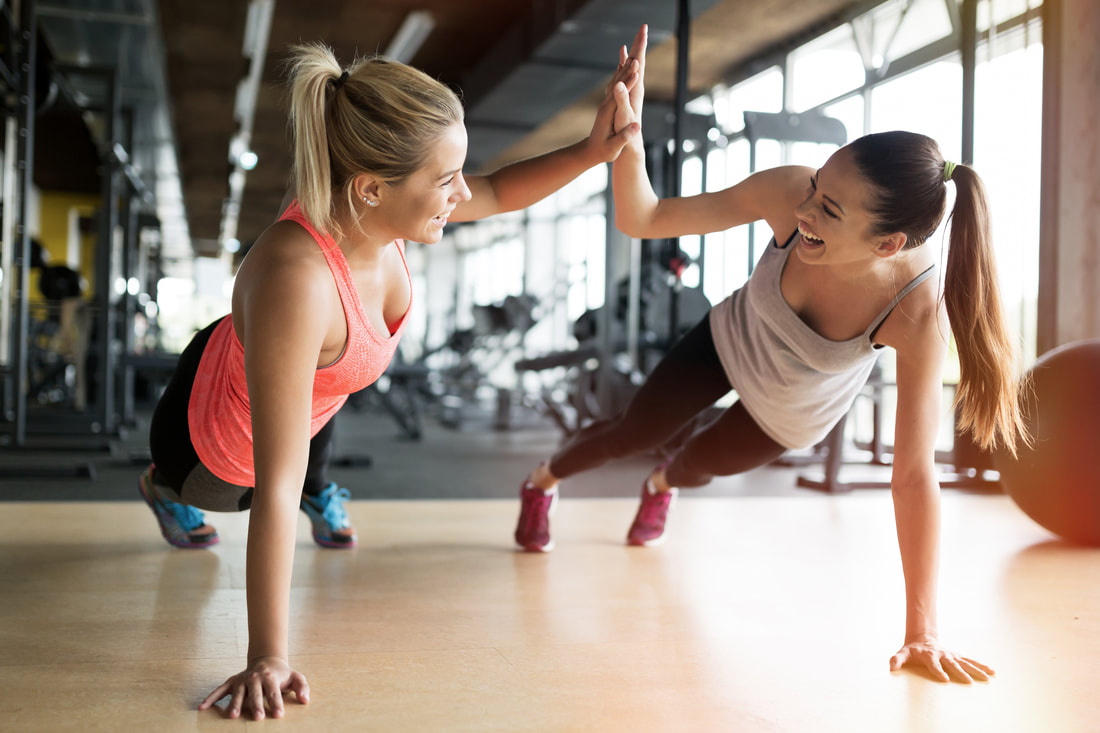
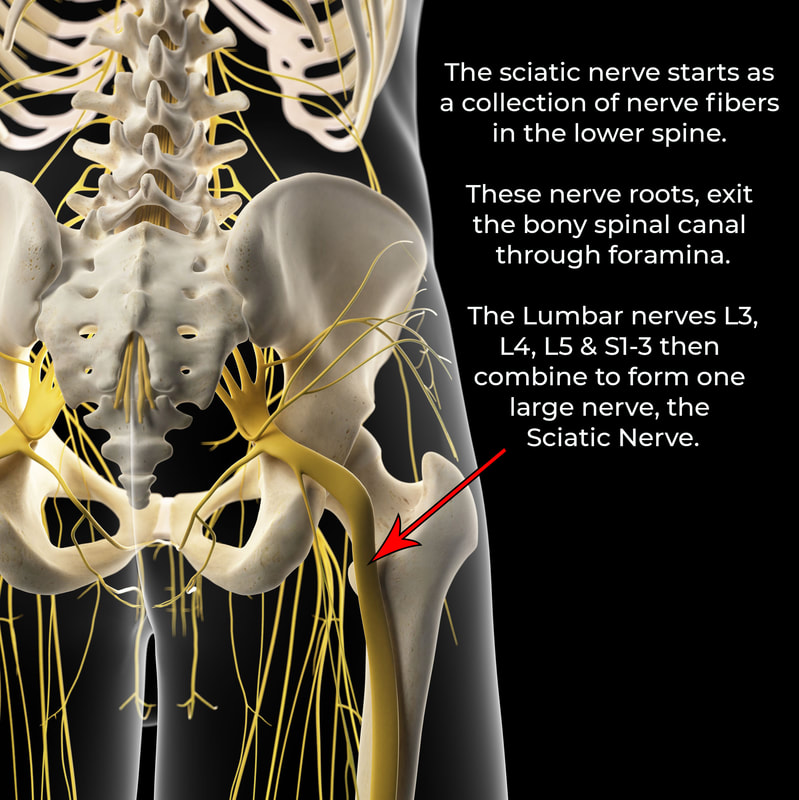
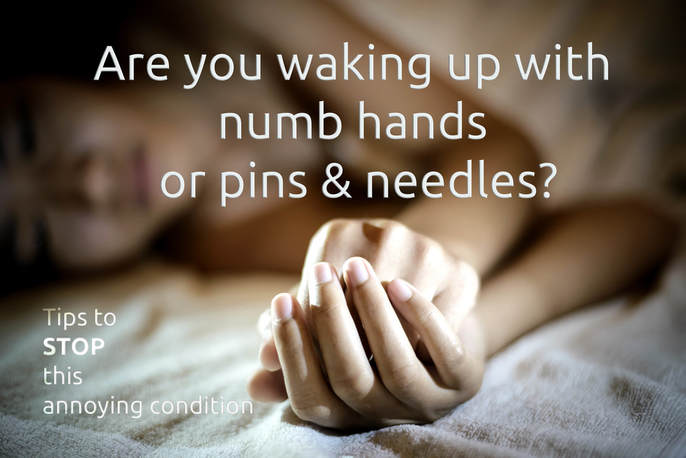
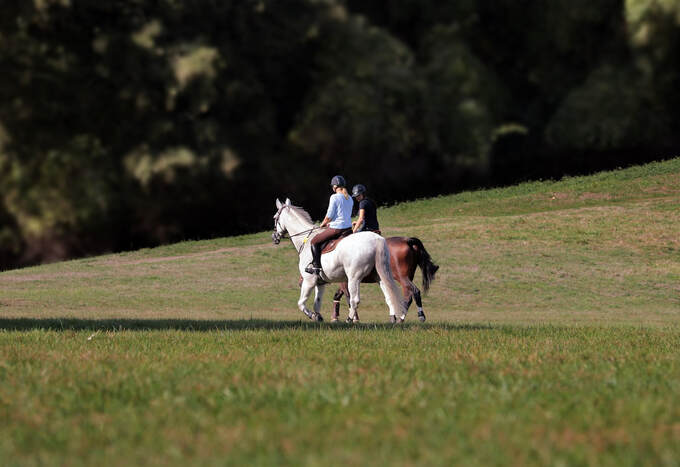
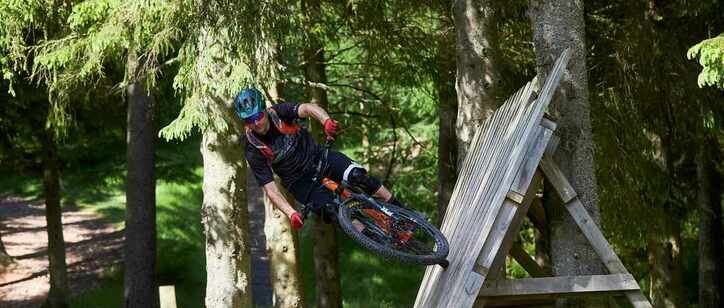
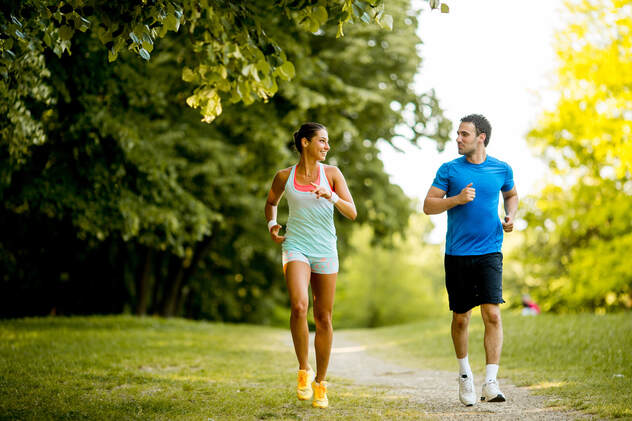
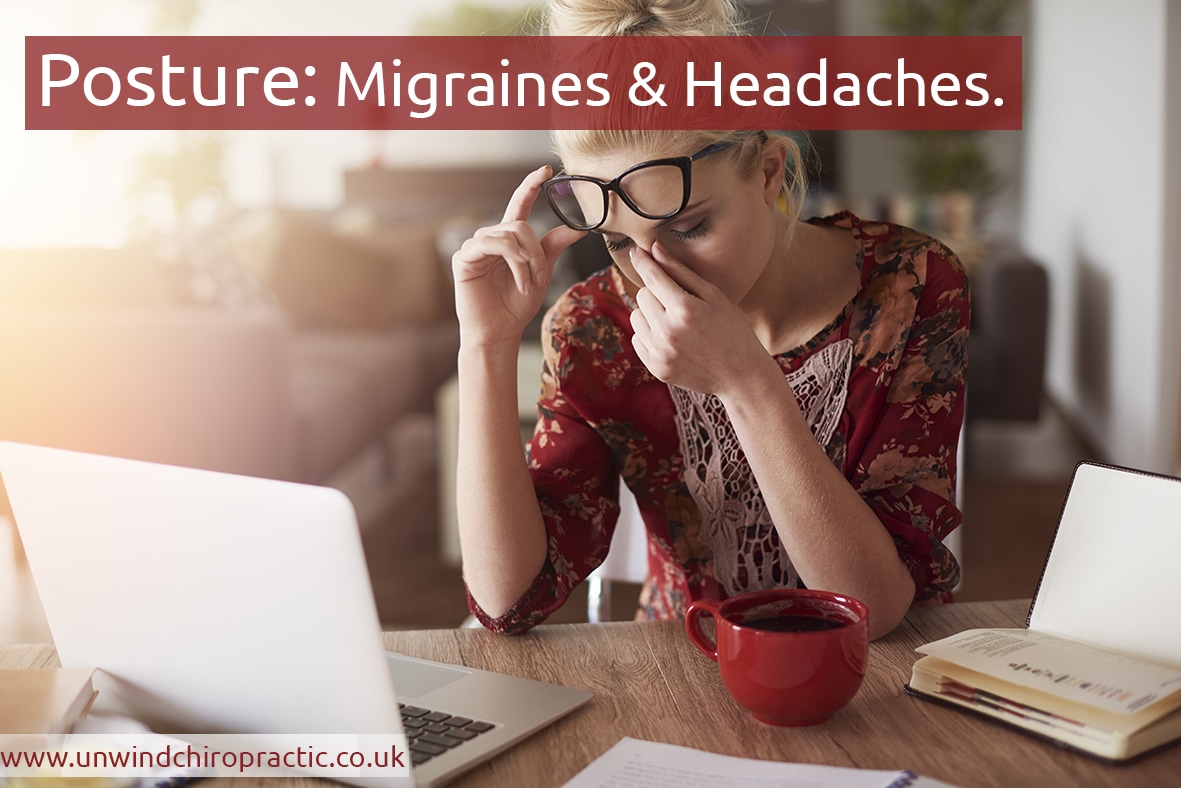
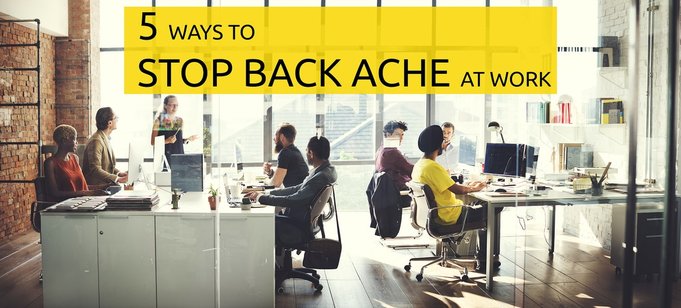
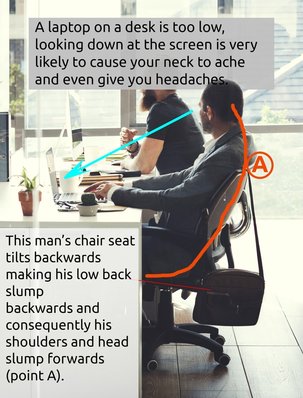
 RSS Feed
RSS Feed


